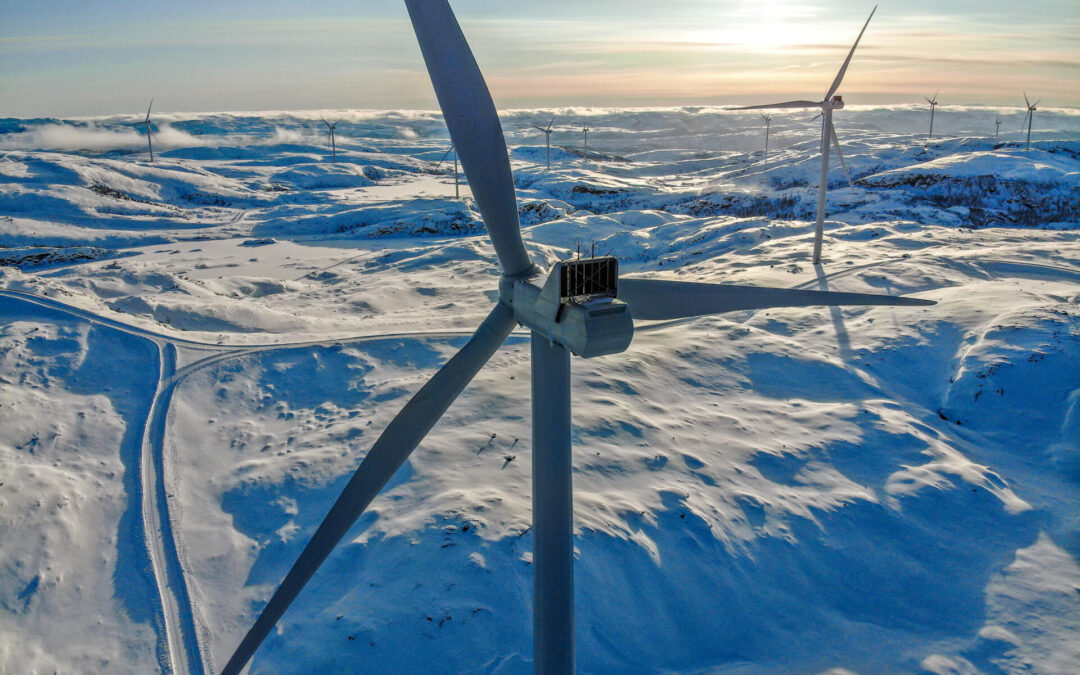Your input is very valuable, and we are therefore arranging an interesting workshop. By attending, you will gain unique insight into the challenges and needs in the industry, as well as being a part of shaping future solutions!
Everyone is welcome, and the workshop is especially relevant if you are familiar with any one of these topics:
• Turbine design,
• Wind farm operation,
• Turbine service,
• Meteorology,
• Risk of ice,
• Wind farm planning,
• Authority regulation.

The workshop will be held 18.03.2024 at 10:00 – 13:00, during Winterwind in Åre, Sweden. The focus on the workshop will be on how different designs can be used to reduce the risk, including turbine design, modifications, add-ons, or other relevant solutions.
The goal of the workshop is to obtain ideas that are applicable, practically achievable, and cost-effective.
We believe that with a good variety of people with different knowledge and experience, we will have a good platform for result-focused discussions.
It would be great to know if you are able to attend, and we would kindly like to ask if you please could fill out the form below, or by using this link.

The background
The risk for ice fall is the topic in a research project by Kjeller Vindteknikk together with partners (Statkraft, Zephyr, Fred. Olsen Renewables, Hydro Energi and The Norwegian Meteorological Institute). The main goal of the research project is to develop tools and methods to increase safety related to ice throw and ice fall in wind farms. More details about the research project, SVIV, can be read here.
This workshop will give valuable input to a work package in the research project regarding design solutions. The final goal of this part is to deliver a report based on research findings in collaborations with participants such as turbine suppliers, wind farm operators and regulatory authorities. The long-term vision is that this work can contribute to safer work environment for wind farm personnel and create focus on ice risk.
Registration form
